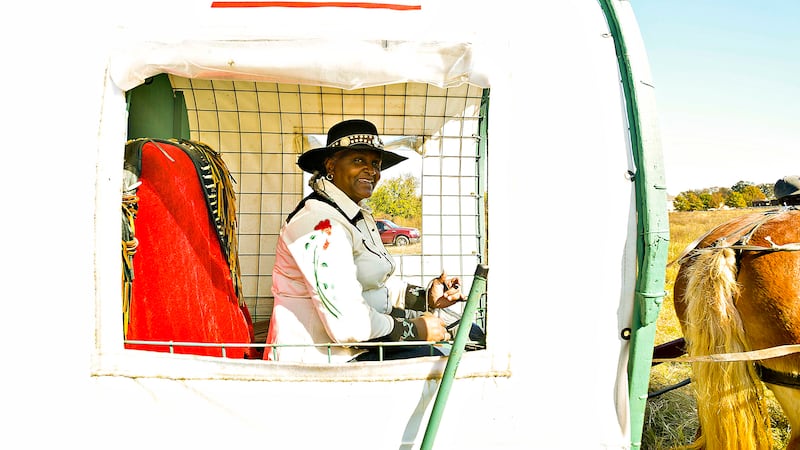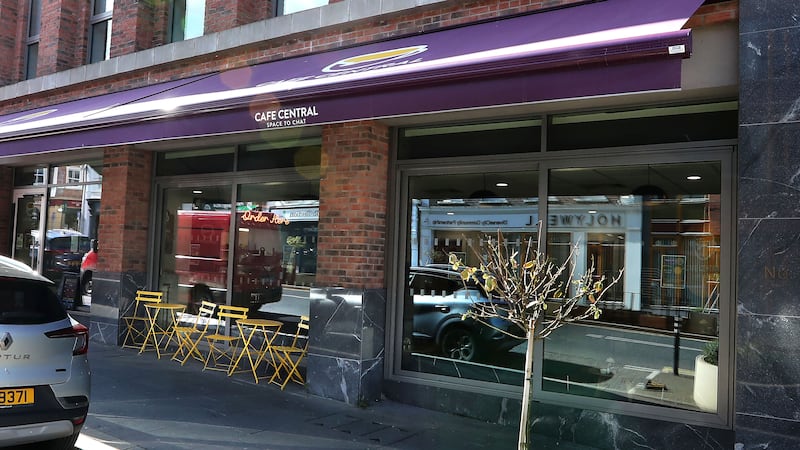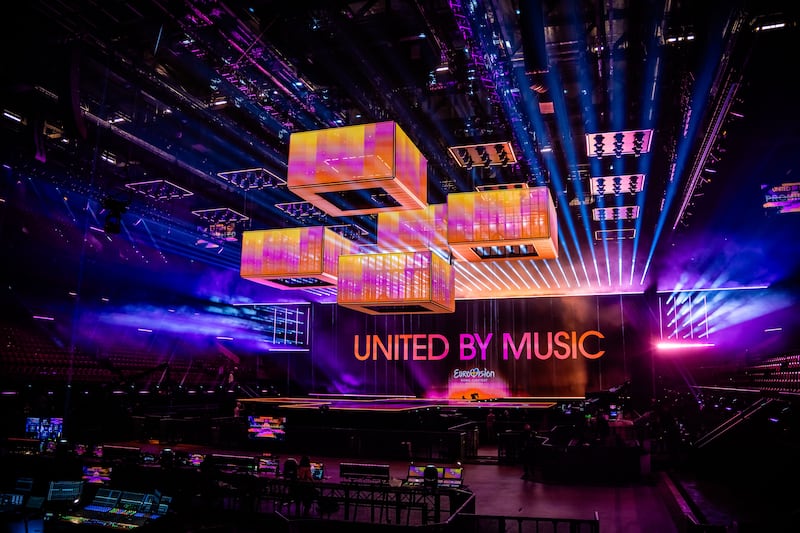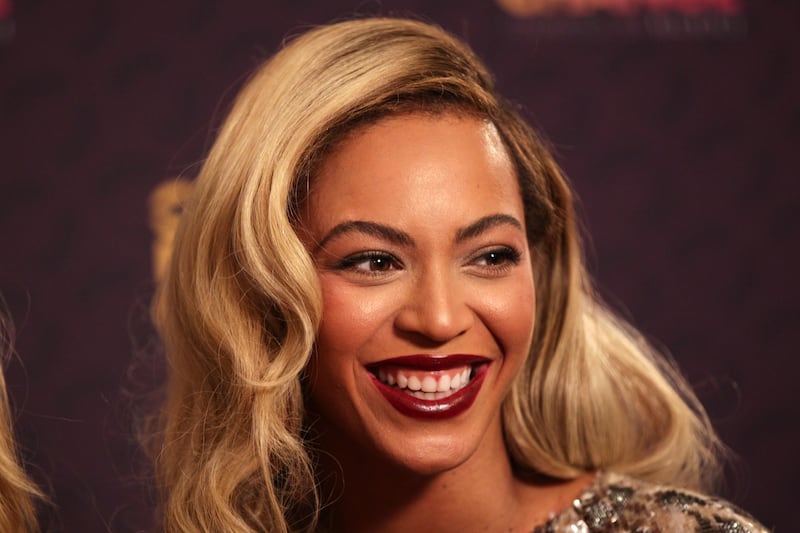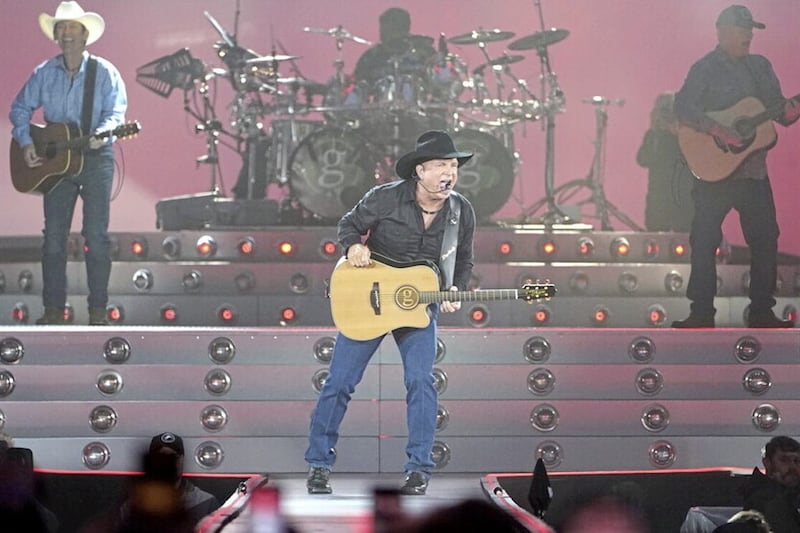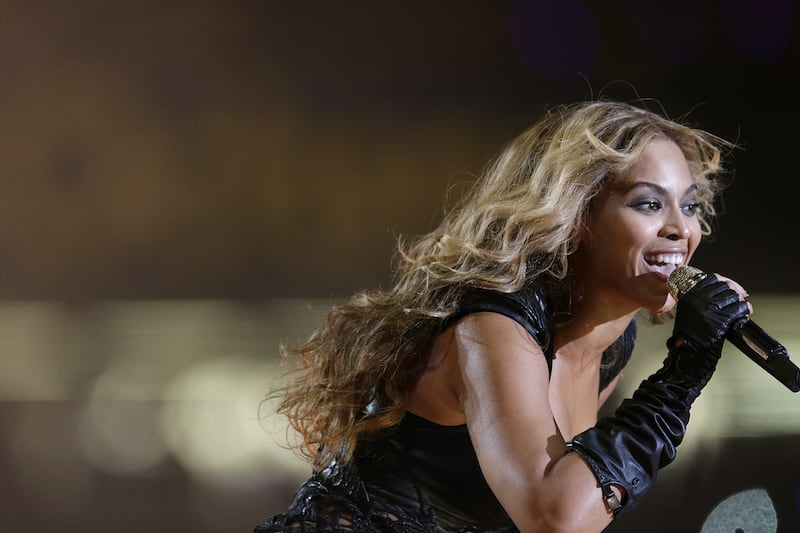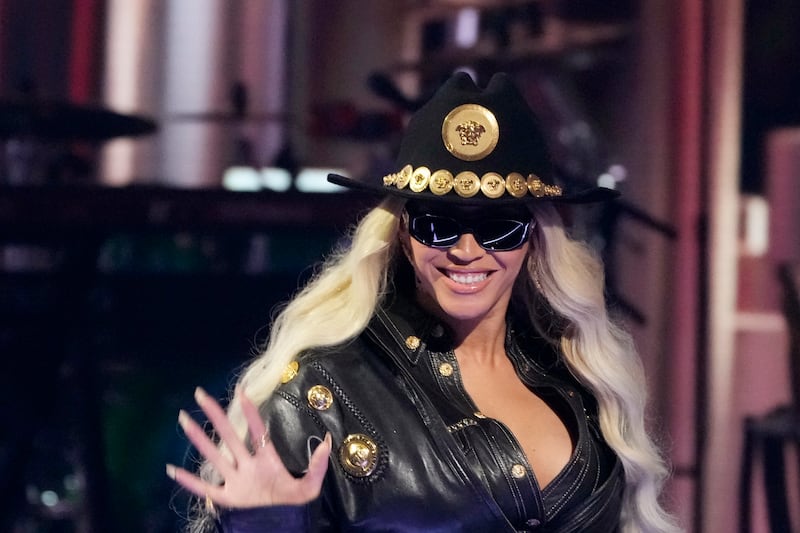Many of the best riders, ropers and wranglers were black. They rode all the Old West trails, herding millions of cattle before them, and even hunted wolves and wild horses before facing men in shootouts.
Black cowboys, including Nat Love – who published his 1907 autobiography The Life and Adventures of Nat Love – and Bill Pickett, were just like the white Texan, Mexican and Indian folk heroes and villains, but their contribution to cowboy culture is often overlooked in popular culture, classic Western films and literature, despite it being deep, vast and rich.
So when American entertainer Beyoncé shared the cover art – taken by LA-based photographer Blair Caldwell – for her upcoming eighth studio album, Cowboy Carter (also known as Act II: Cowboy Carter), due to be released on March 29, it sparked a widespread, ongoing discussion. The artist can been seen sitting side-saddle on a white horse, holding the American flag. It was this image that opened the conversation about why it’s important to celebrate and reclaim the frontier history of the black riders – in particular cowgirl culture – who have for centuries engaged in many aspects of the equestrian sports and arts .
Valeria Howard Cunningham, owner and president of Bill Pickett Invitational Rodeo said: “The heritage of black cowgirl culture traces its roots back to the 19th century. It encapsulates the vibrant history, customs, and way of life of African-American women engaged in cattle ranching, horseback riding, horse taming and various Western pursuits since the era of slavery.
“Following emancipation, numerous Black women persisted in roles as cowhands, ranchers, and breeders – a tradition that endures to this day. Yet, over time, these women increasingly immersed themselves in mastering rodeo events and actively participating in competitions wherever opportunities arose.
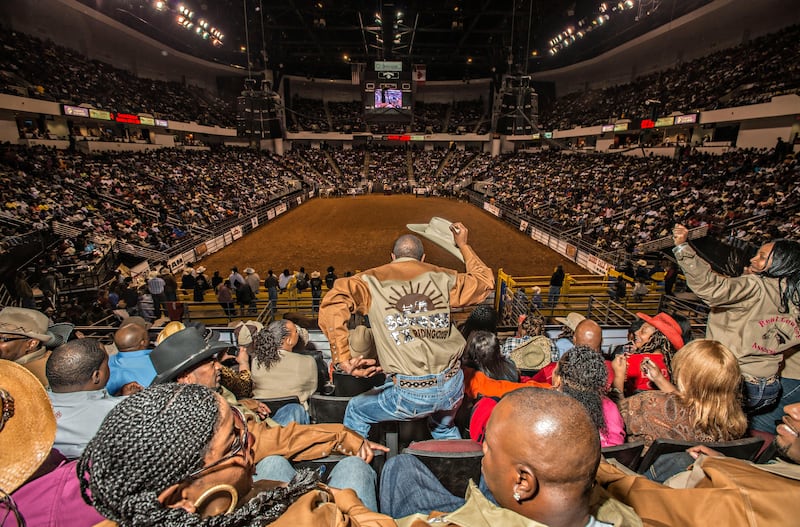
“Pioneers such as Betty Jo Williams, Deborah Akins, Marilyn LeBlanc, and Pam Buck left an indelible mark on the rodeo circuit, not only competing but also striving to pave the way for others. Despite their integral role in shaping Western culture, black cowgirls, like their male counterparts, often faced exclusion and resistance, underscoring the ongoing struggle for recognition within their own legacy.”
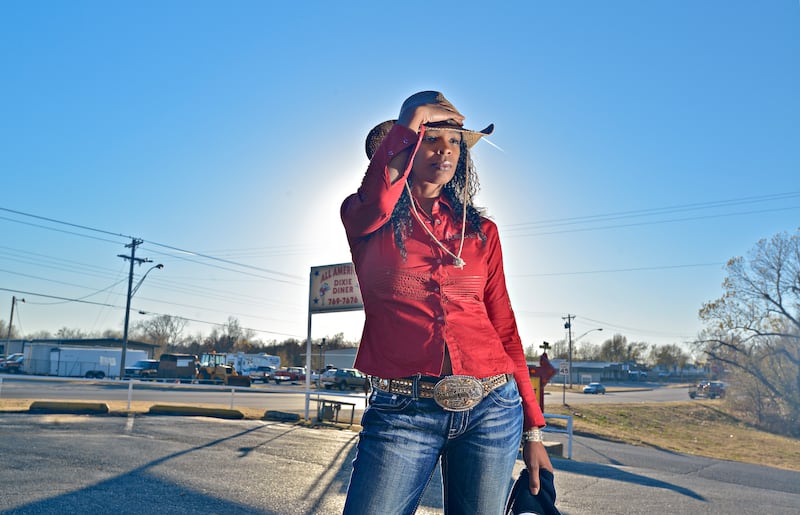
Michael R Grauer, McCasland chair of cowboy culture and the curator of cowboy collections and western art at the National Cowboy and Western Heritage Museum added: “Black rodeos ultimately gave rise to African-American women performers and competitors, largely after WWII.
“[But] rodeo promoters used the deaths of some female competitors in rodeos to largely drive women out of [the] profession by WWII. These promoters relied on the belief that rodeo, cow and horse work was too rough for women. This led to the creation of the All Girls Rodeo in Amarillo, Texas, in 1947.”
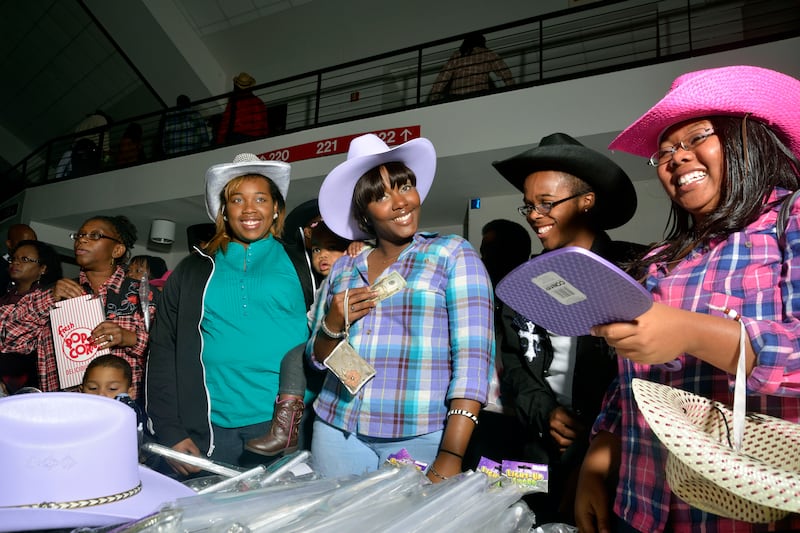
Grauer believes the image on the cover of this album is a direct descendant of the “flamboyance” – the showiness – of the Wild West shows, that evolved into early rodeo and, later, into rodeo today.
“The costumes, colours, and pageantry all should remind us that rodeo, after all, is a show; a performance. Beyoncé’s use of this image is no different from any other costume she has worn to promote a particular album. All rodeo queens wear flamboyant costumes,” he said.
According to scholars, one in four cowboys are black, and as early as 1825, nearly 25% of them who worked in Texas – when it was a booming livestock powerhouse – were enslaved and became the most skilled cowhands, who broke horses and pulled calves out of the mud.
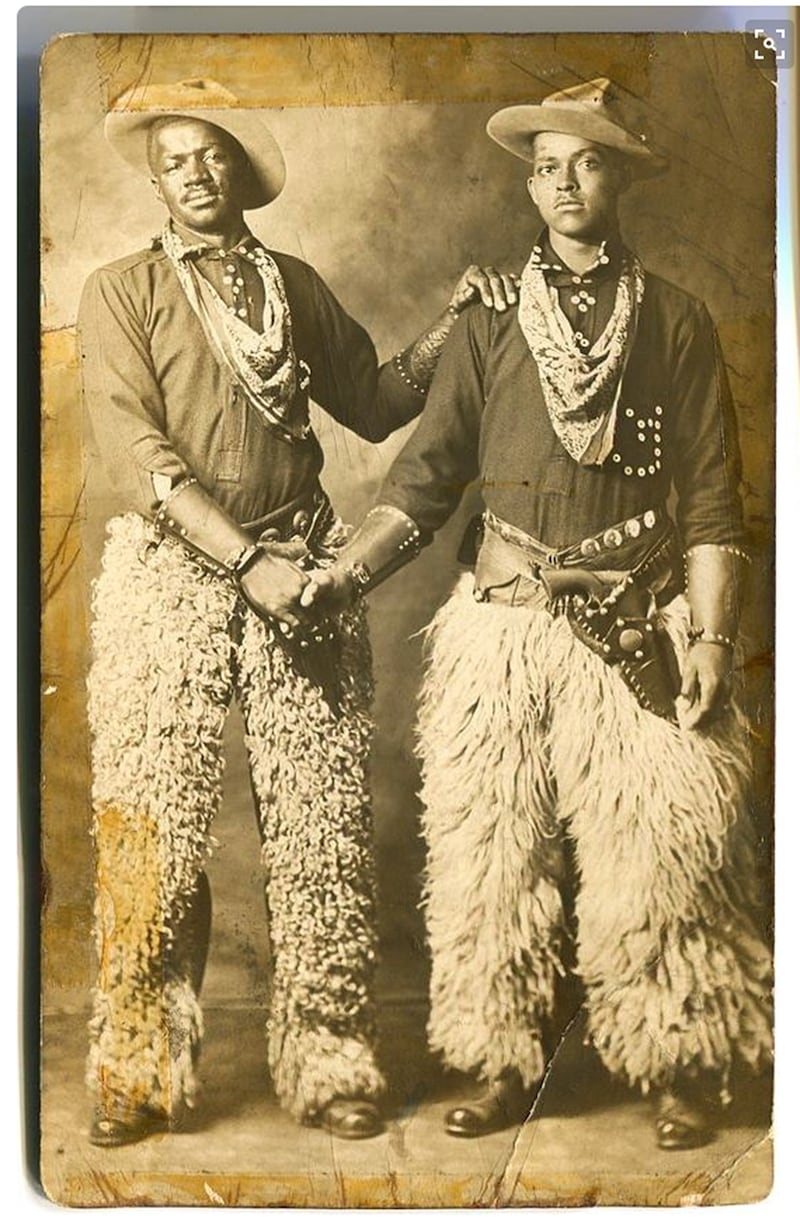
When the Civil War ended in 1865 and slaves were emancipated, those who were skilled in herding cattle found themselves in even greater demand and returned to the open range to earn regular wages, start new lives, join the cavalry and open new businesses, which is further documented by two University of California professors, Philip Durham and Everett L. Jones, in their book, The Negro Cowboys.
In 1997, while on another assignment, photographer John Ferguson watched a group of African-American horsemen dressed up as cowboys parading in Times Square, New York.
He thought they were a cabaret act of some sort and ten years later, set off on his first of two road trips around the Southern states of America in search of a community that many of us were unaware existed. He shared his findings with the world through a creative photography project and exhibition called The Forgotten Cowboys.
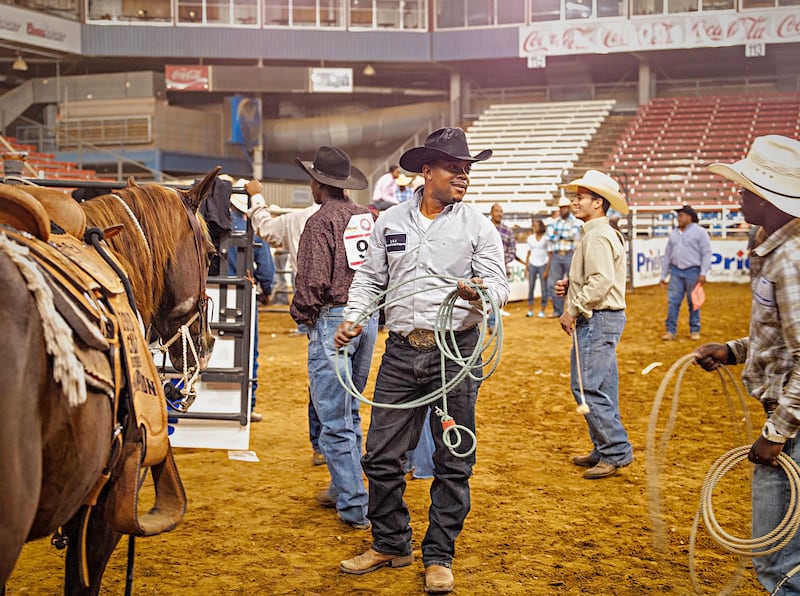
“I was surprised when I walked into the Rodeo of Colour based in Mesquite, Texas, which was founded by Cleo Hearn, that featured almost 20,000 black cowboys and their families. It’s a massive community that kept to themselves. They weren’t bombastic, very cool but stoic about their history lineage which went back 200 years. There was a nice nativity to it,” said Ferguson.
There were also some cowgirls Ferguson photographed, including a cowgirl called Tiphony, who mostly did barrel riding – where horses must go through a series of barrels in the fastest times – for the rodeo.
North Carolina native Caitlin Gooch, also known as The Black Cowgirl, grew up watching her father doing trail rides, rodeos and working other horse farms and started riding horses at age three. It’s why she has been committed to teaching the next generation of equestrians and hopes to run a summer camp doing this in a safe, fun and educational environment.
“I cannot speak for all [of] black cowgirl culture but we are all tough as nails. We love our horses. We ride and compete because we can and because we want to. Never to prove anything to anyone,” said Gooch.
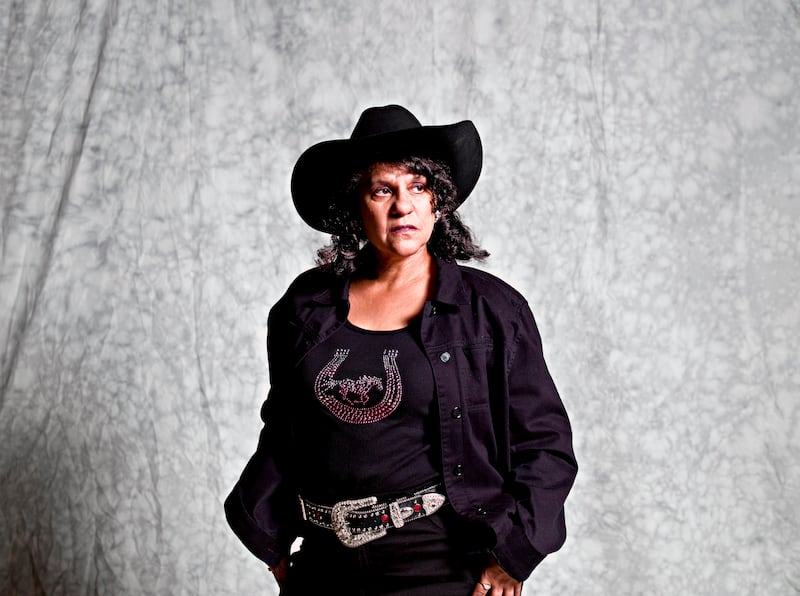
“I ride horses. I grew up with horses. I care for horses. I introduce kids to horses. By me just showing up, people are typically in awe. They do not expect me to say all these things that I do and have done. They especially do not expect me to say I have nine horses. I think the barriers being broken are the assumptions and prejudice that come with being a black cowgirl.”
Howard Cunningham added: “The remarkable beauty of African-American cowgirls radiates alongside their unwavering strength and determination to claim their rightful place. United by an unbreakable bond, they are paving the way for future generations, ensuring that their legacy endures.”
